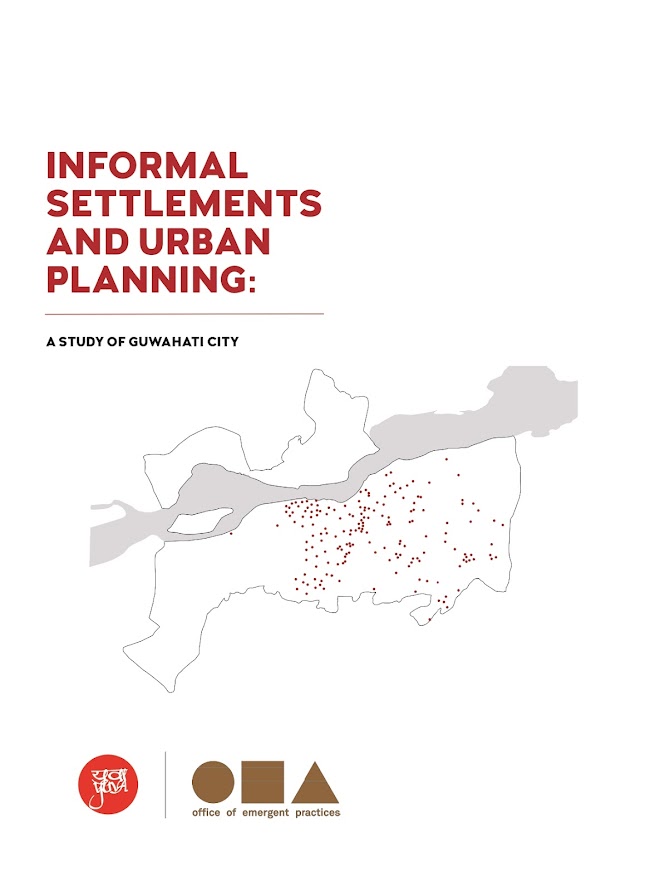Professional Desk - Ecological Planning For Nenjiangwan Wetland Park in Daan City (SCP work)

Please feel free to contact me if you have any feedback on the article and required more information about the project and its firm. Meanwhile, we will be pleased to invite you to submit any good design project or professional article that you want to publish.
ECOLOGICAL PLANNING FOR NENJIANGWAN WETLAND PARK IN DAAN CITY, JILIN PROVINCE, CHINA
- Golden Prize in Excellence in Planning for Environment Resiliency category at the 7th Singapore Institute Planner (SIP) Awards 2021
- SG Mark Special Mention Award at Singapore Good Design Award (SG Mark) 2022 (Sustainable Design Category)
Background
The planning area is located in the West Bank of Nenjiang River in the east of Da'an City. It is located between Momoge National Nature Reserve and Chagan Lake National Nature Reserve. 
In the planning area, there is a flood plain with small undulation of the ground, low-lying in the north and gradually rising in the south. Because the site is close to Nenjiang River, the largest tributary of Songhua River, there is a threat of flood inundation from June to September every year. Salinization occurred in the East and north of the Yangtze River, and the degree of desertification increased, and rapidly spread to the South during 2012-2014. After the flood in 1998, a large area of wetland plants died. With the development of agricultural machinery, a large area of land was reclaimed, and the wetland gradually degenerated. Most of the original vegetation has been degraded and replaced by a large area of cultivated land.



In response to the above ecological problems, the plan takes the resilient city as the theme, and involves practical problems such as sand control, water management, vegetation restoration and ecological development. It is a ten-year cycle to verify and provides a new path for this type of resilient development.
Planning Strategies
1.Water system treatment(理水)
A water system around the city is built to connect the five lakes, setting up a framework of the sponge city, and improving urban waterlogging.

It is connected to Nenjiang river network, carrying more flood storage and control function, reducing the risk of urban flood.
2.Green conservation(养绿)——Delimit the protection area to protect, develop and utilize the Wetland Park in sections.
Plant pioneer vegetation and cultivate local plants, enrich biodiversity and build a stable and healthy ecosystem——Create a habitat suitable for animals and plants, to achieve the self purification and self circulation of wetlands, with higher ecological value, and give some areas the function of science popularization and leisure experience, so as to create diversified space.

Sand fixation, sand control and habitat restoration——Build dams to enrich plant diversity. Excavate lakes that are about to disappear through ecological technology or ecological construction, increase the depth and breadth of the existing lakes and marshes to expand water storage. Build river-ways and water system. Set up gabion walls, Dikuai, artificial lakes, and plant Salix psammophila to prevent desertification spreading to the edge. Reed and rattan plants were used to make grass grid to prevent wind-sand blown and improve soil properties.

The Google satellite image can clearly see the changes over the decade.
3.Cultural inheritance(传文)——Establish historical and cultural axis and multiple cultural nodes to inherit Da'an's history and culture.
Establish a historical and cultural axis along the canal within the city, connecting four cultural areas: chunnabo historical cultural area, folk cultural area, low-carbon cultural area and Fu'an cultural area, reflecting the inheritance of Da'an historical and cultural heritage.

Held a variety of festivals and events to highlight cultural status and promote cultural brands.
4.Industrial prosperity(兴业)——Relying on the restored ecological base, construct the characteristic project of eco-tourism, and prospering industry by tourism.
Based on the restored ecological background and characterized by water, wetland and woodland, the significant project in "water + land + air" Trinity ecotourism is constructed to promote tourism industry. Priority should be given to environmental protection measures of aquatic wetlands to build water-resilient urban ecological wetlands and bring the urban life experience of returning to nature.
CONCLUSION
The plan focuses on building a resilient environment, involving sand control, water treatment, vegetation restoration, and ecological development. It revitalizes an area vulnerable to ecological vulnerability, a weak economic base, and safety incidents. By proposing specific strategies, the area has gained the ability to recover from risks and maintain development momentum. It took ten-year period to verify and provide a new path for this type of risk-resilience development.









Comments
Post a Comment